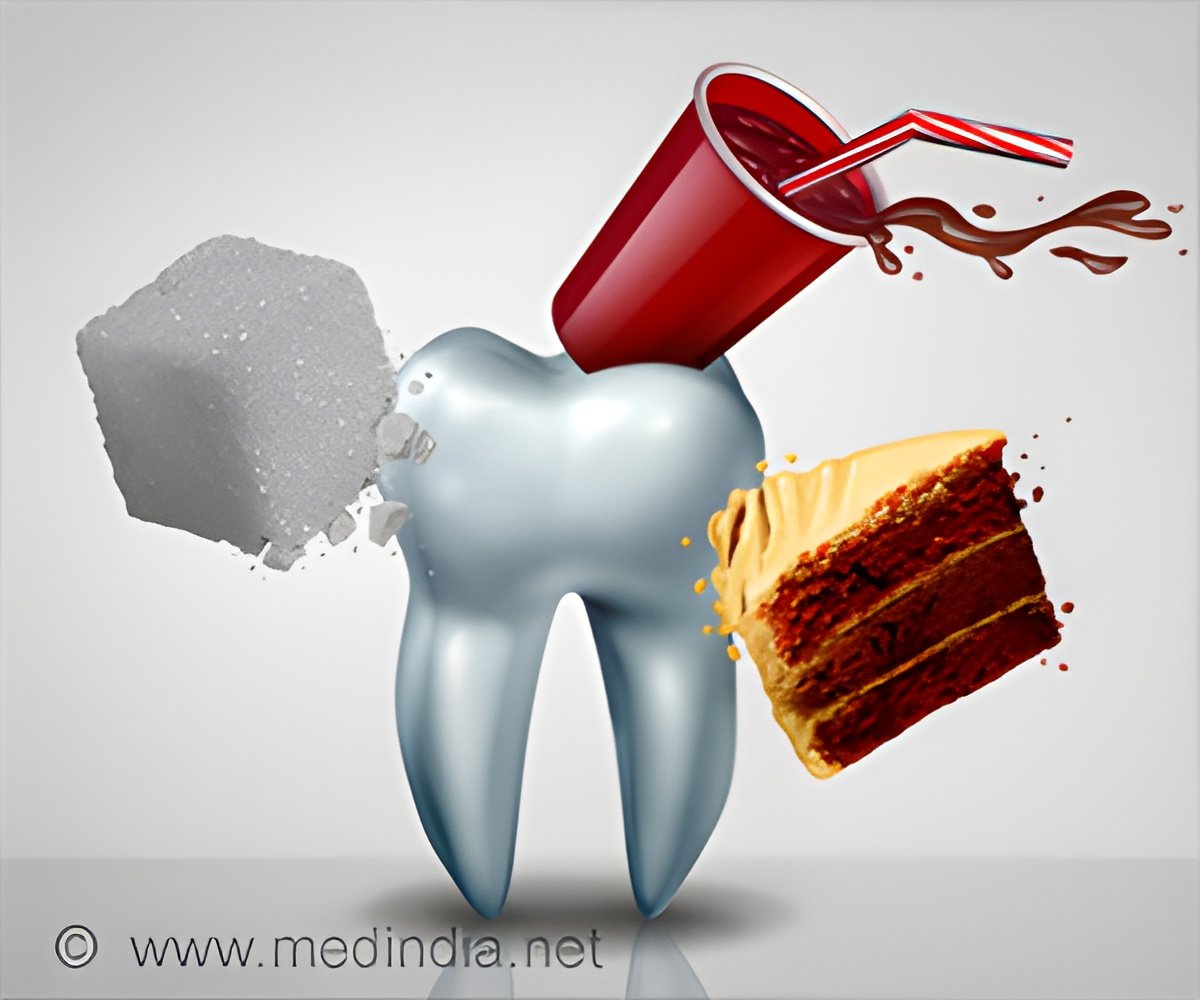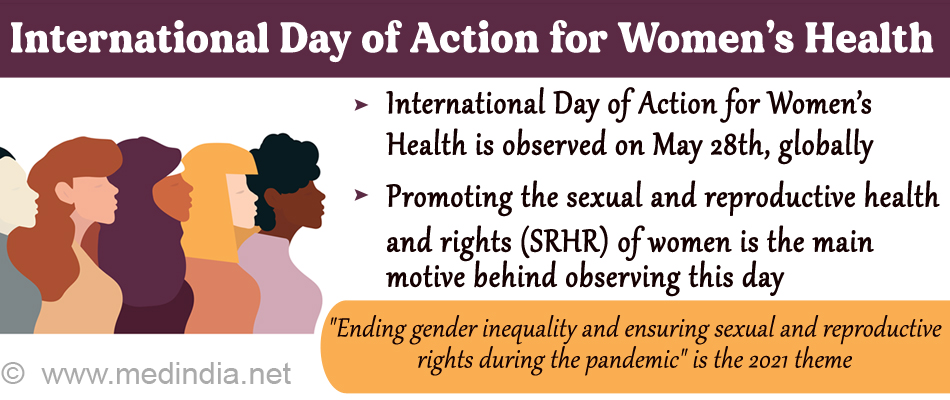
Researchers discovered that children in highly deprived areas are three times more prone to severe tooth decay requiring hospital dental extractions, compared to those in wealthier areas. These findings underscore the urgent necessity for equal access to preventive dental care (1✔ ✔Trusted Source
Hospital dental extractions in North-East London three times more likely among children from deprived areas
).
In the study, published in BMJ Public Health, researchers analyzed de-identified GP and hospital records for 600,000 children between the ages of five and 16 living in North East London. During the five-year study period, one in 200 children had at least one tooth removed under a general anesthetic, which must be done in a hospital setting. Most of those children had multiple teeth extracted.
The study findings demonstrate major socioeconomic and ethnic inequalities in severe tooth decay in children, which is preventable through access to NHS dentists, and policies such as toothbrushing in schools and control of sugar in food and drinks.
- Children from some ethnic groups were more likely to need a dental extraction, compared with children from White British ethnic groups:
- White Irish: twice as likely;
- Bangladeshi: 1.5 times more likely;
- Pakistani: 1.4 times more likely.
- Children living with obesity were less likely to require a dental extraction than children with healthy weight. More research is needed to replicate and understand this finding.
The researchers also examined the data by North East London borough, comparing rates of children’s dental extractions with access to NHS general dental practitioners.
After adjusting for deprivation and ethnic group, the highest risk of hospital dental extraction was for children in Tower Hamlets, which also has the lowest general dental practitioner attendance in North East London. Conversely, children living in Redbridge, Havering, and Barking & Dagenham had the lowest risk of hospital dental extraction – these areas have the highest proportion of five-year-olds accessing general dental practitioner services.
Additionally, the 2022 National Dental Epidemiology Programme (NDEP) oral health survey found that only 13% of decayed teeth in five-year-old children in London had been filled.
This study is the first to analyse inequalities in children’s tooth extractions under general anaesthesia by ethnic group in such granular detail, revealing a difference in outcomes between White Irish and White British groups, and between Bangladeshi, Pakistani and Indian groups. By linking hospital data to GP records, which include 16 categories for ethnic group, researchers were able to reveal ethnic inequalities that are less apparent when using the broader ethnicity categories used in previous research.
Reference:
- Hospital dental extractions in North-East London three times more likely among children from deprived areas – (https://www.qmul.ac.uk/wiph/news/latest-news/items/hospital-dental-extractions-in-north-east-london-three-times-more-likely-among-children-from-deprived-areas-.html)
Source-Eurekalert



